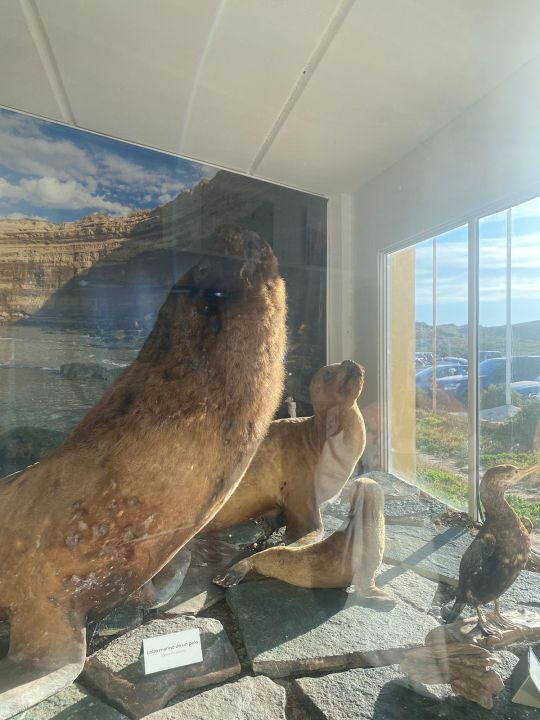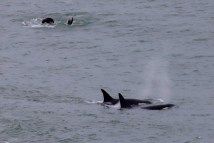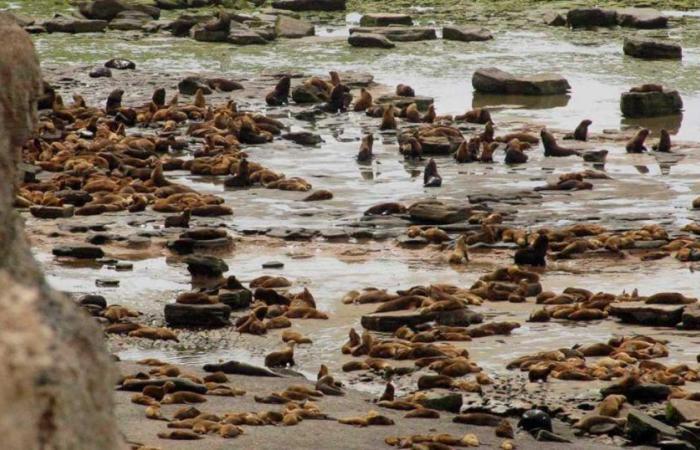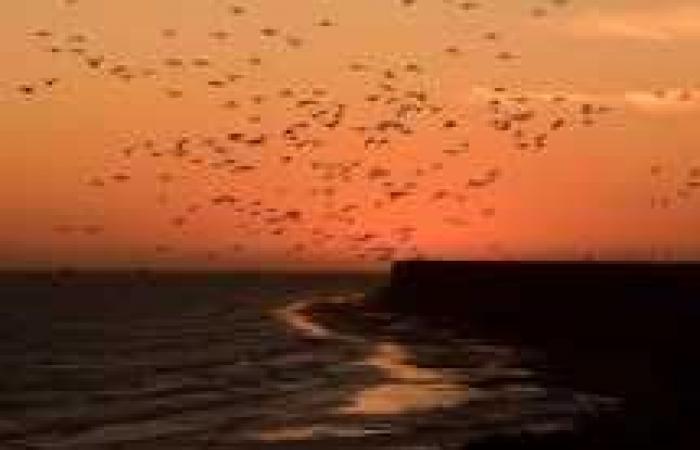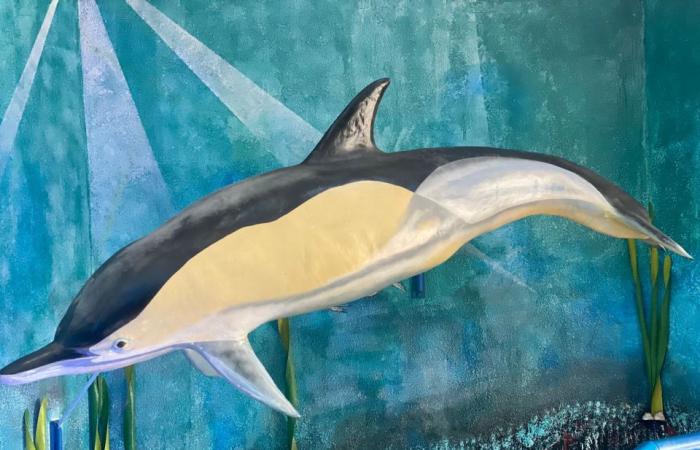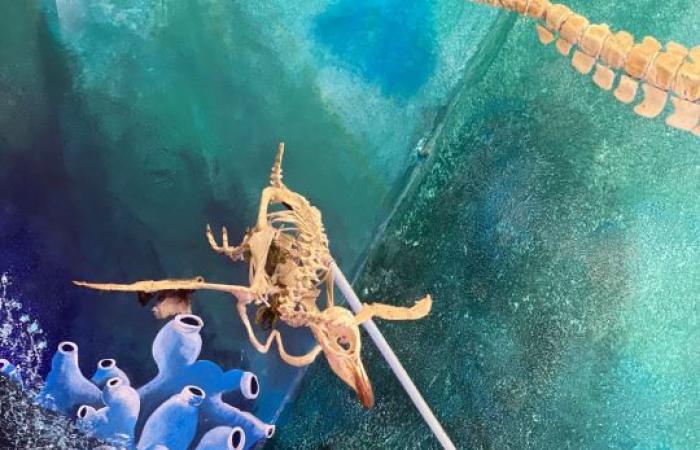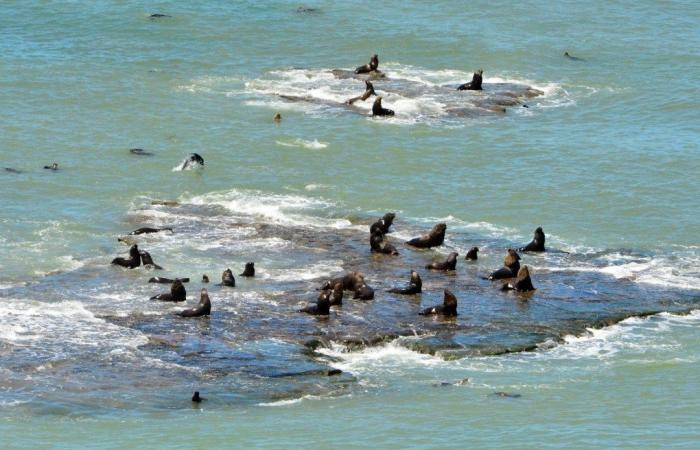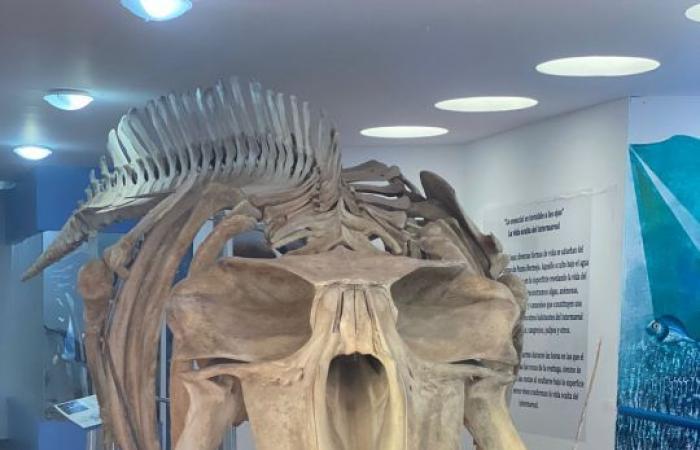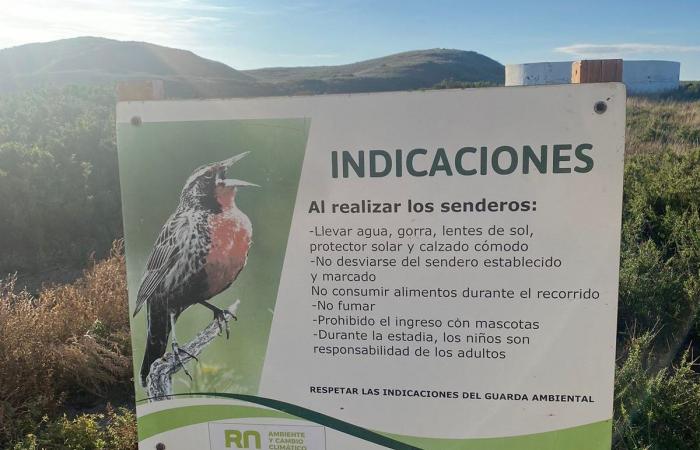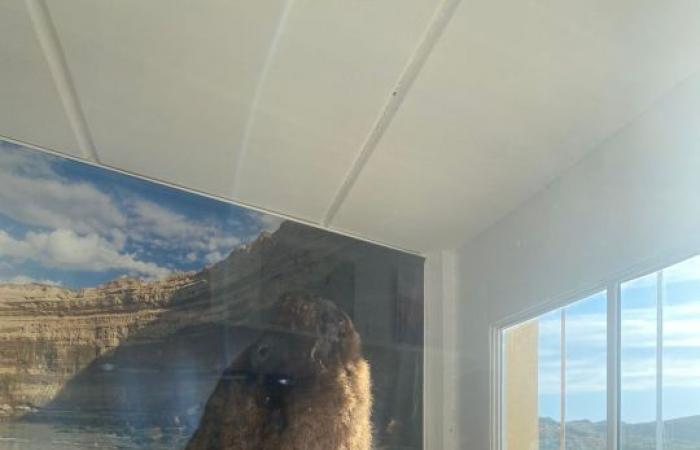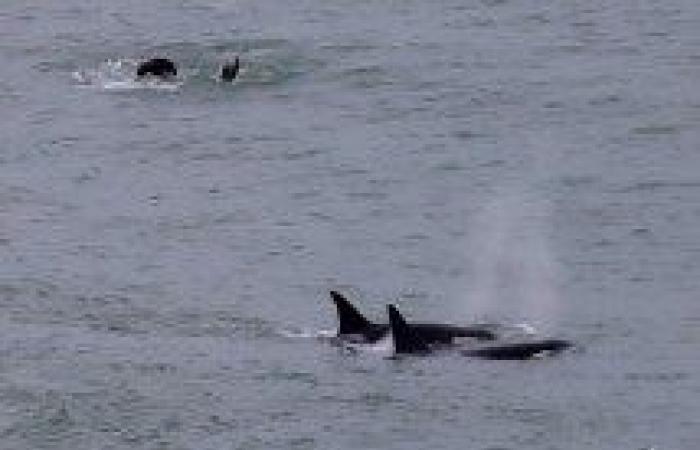63 kilometers from Viedma along Provincial Route 1, 40 kilometers from El Cóndor and just 3 kilometers from La Lobería, is the Punta Bermeja Interpretation Center. This is an exceptional place for those interested in marine fauna. From its viewpoints, you can see the largest colony of sea lions in South America.
The main objective of the centre is the preservation of species and genetic diversity, especially of South American fur seals. It offers educational exhibits on the fauna and flora of the region, with a particular focus on the biology and ecology of these sea lions. Topics related to environmental conservation and the importance of biodiversity are also addressed.
The center has a trail that leads to the viewpoints on the cliff, providing a stunning panoramic view of the sea lion colony. In addition, it has a buffet area where visitors can rest.
The Punta Bermeja Fauna Reserve, created in 1971, permanently houses between 5,000 and 8,000 specimens of single-haired sea lions, depending on the time of year. This reserve is the most important in South America and is dedicated to the preservation of these species and genetic diversity.
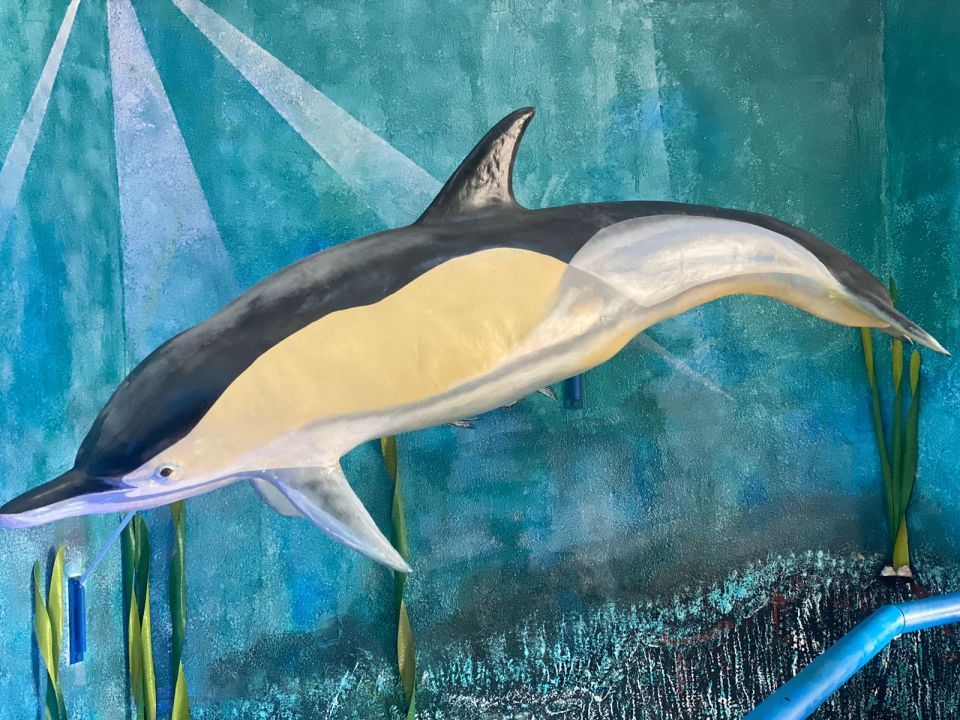
Unfortunately, the reserve was hit last year by bird flu, resulting in the death of a large number of sea lions. Although there is no exact number, “It is estimated that between 25% and 40% of the sea lion population has decreased,” According to Pablo Ulrich, an environmental guard at the Punta Bermeja Protected Area, the center was closed for five months, including the amphitheater.
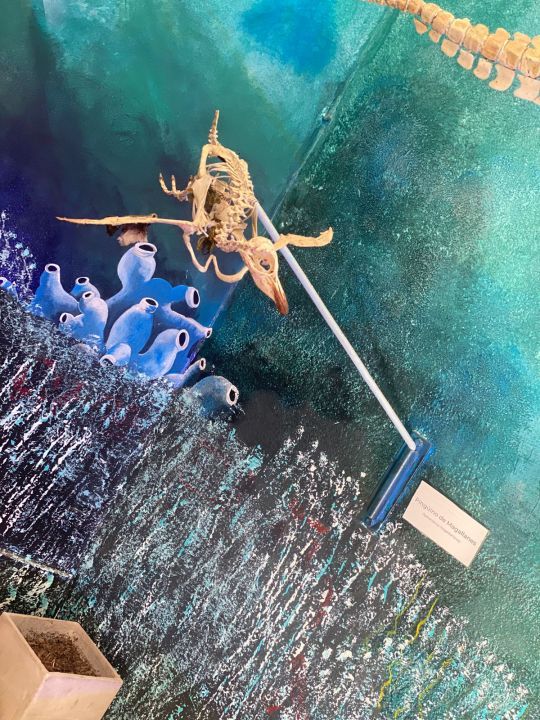
However, The museum and viewing platforms are currently open daily from 11am to 5pm, and admission is free of charge.In addition, environmental guards are always available to answer questions and provide additional information to visitors.

The time with The greatest number of sea lions is usually between August and October, while elephant seals They usually have their young at the end of August.
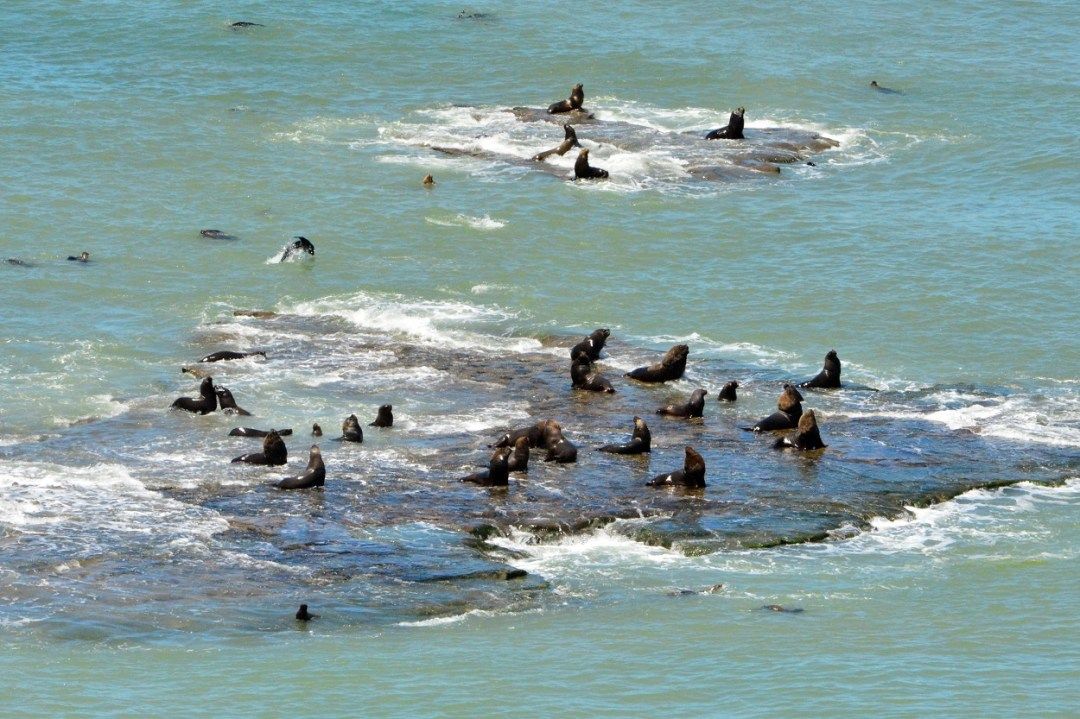
There are two paths: one of 70 meters with the widest view towards the sea lions and another trail of 1000 meters which leads to three other viewpoints.
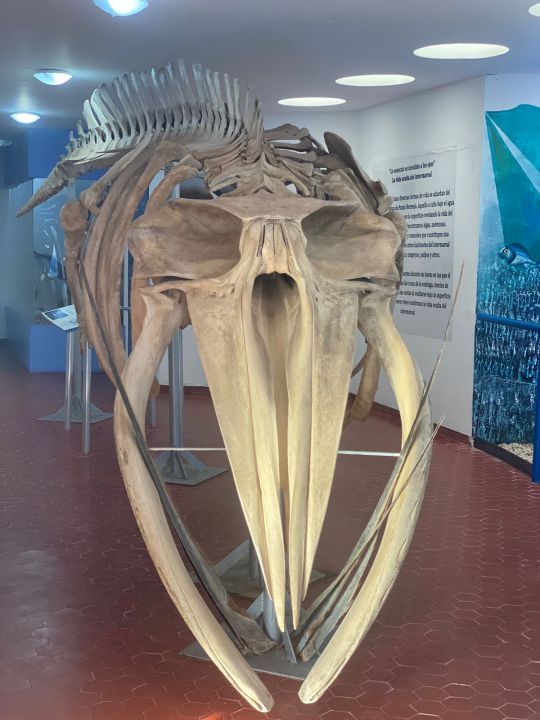
Recommendations for visitors:
It is advisable to bring binoculars for better observation of the fauna. Also, it is important to remember that pets are not allowed in the protected area. The scenery is second to none and, with luck, visitors can spot orcas during the season when they come to feed, as well as sea lions, dolphins, elephant seals, hares, foxes, skunks, rheas and a variety of birds.
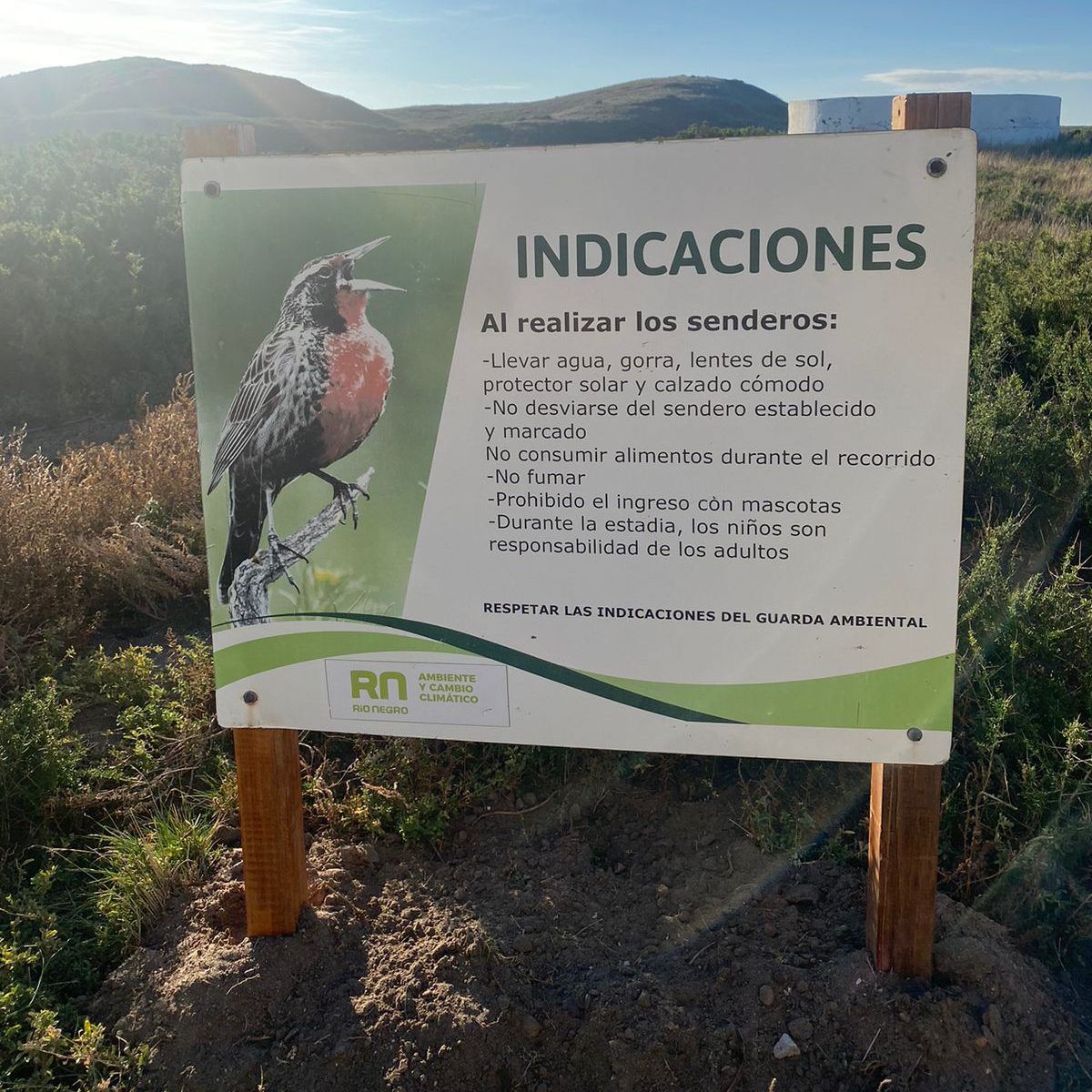
Recommendations:
-Bring water, hat, sunscreen, comfortable shoesbinoculars.
-Don’t you detours from established paths and marked.
-Do not feed the local fauna during the tour and In his presence, keep your distance. Don’t smoke or eat either.
-Come back with your waste.
-Don’t go with pets.
-Respect the instructions from the Environmental Guards and the posters.
